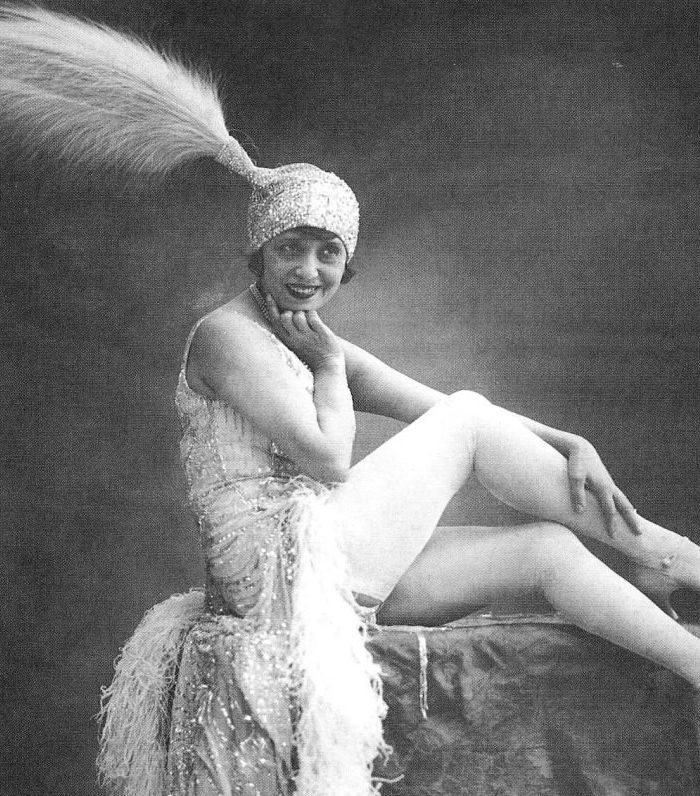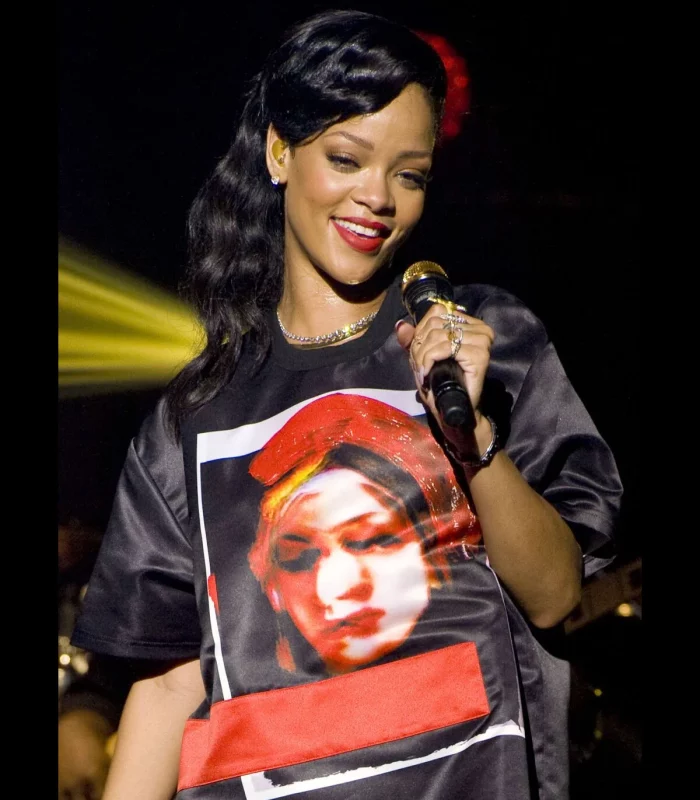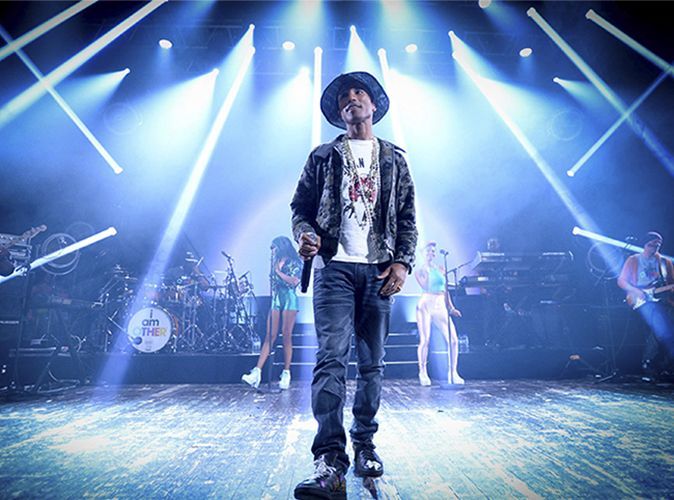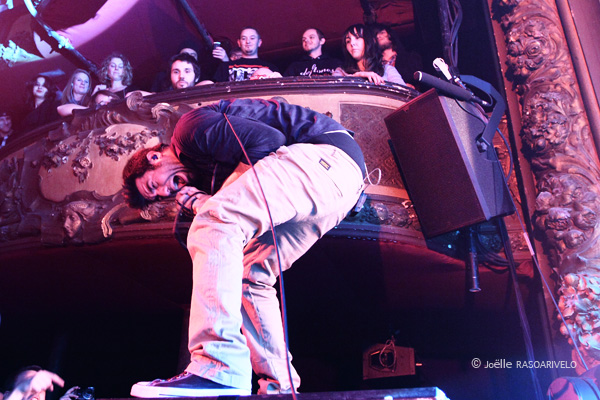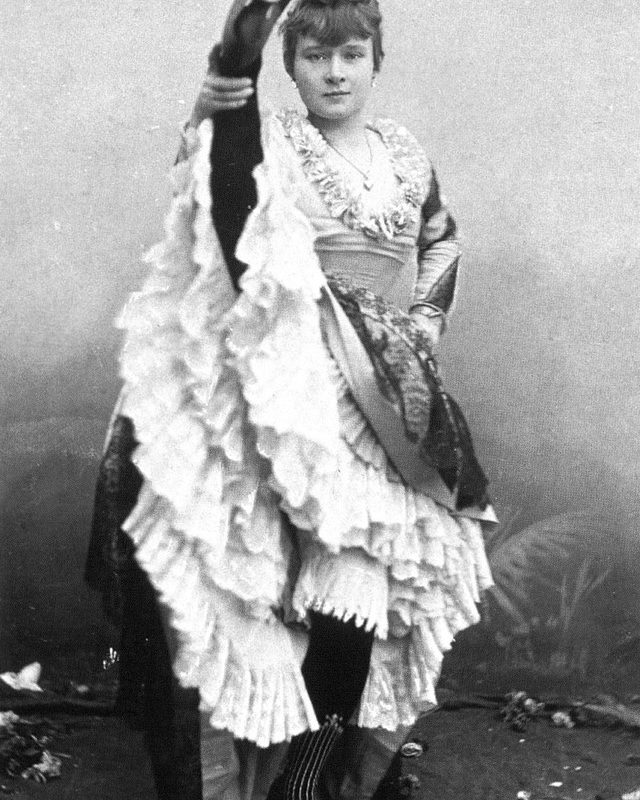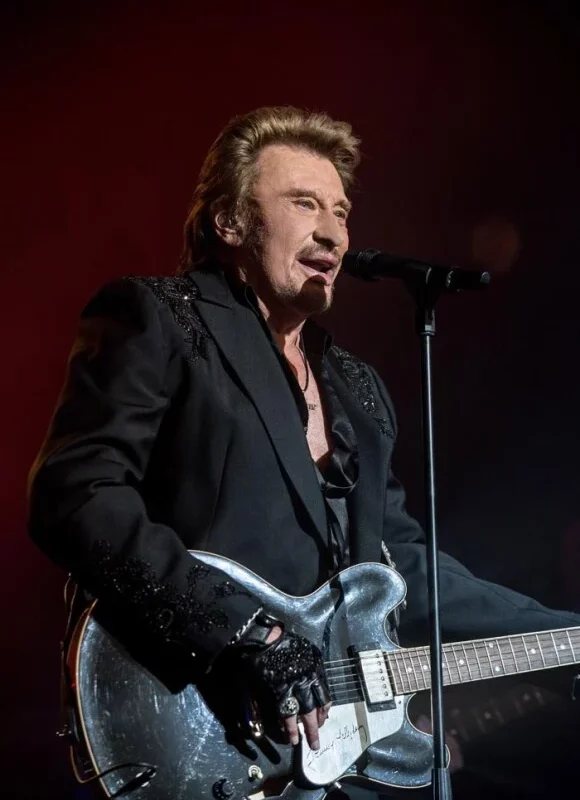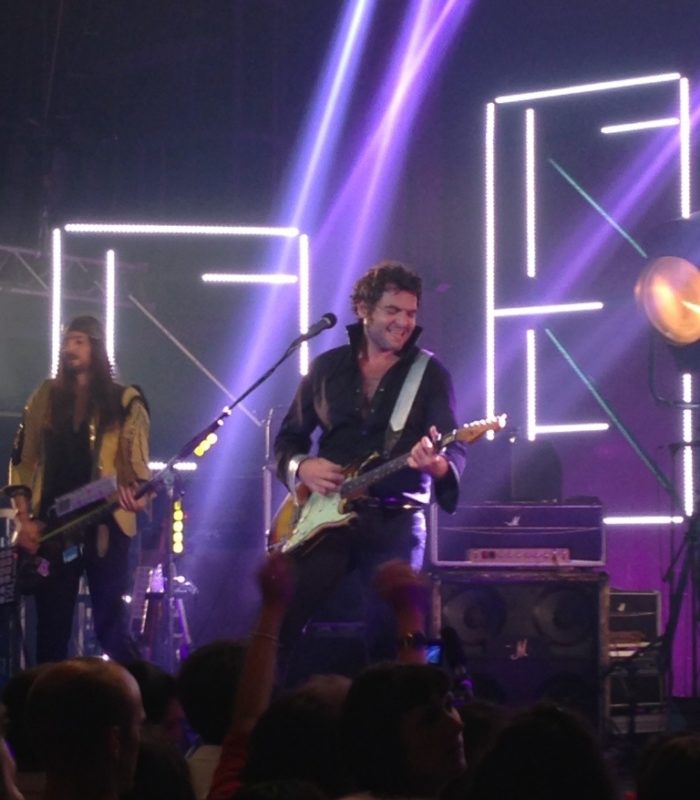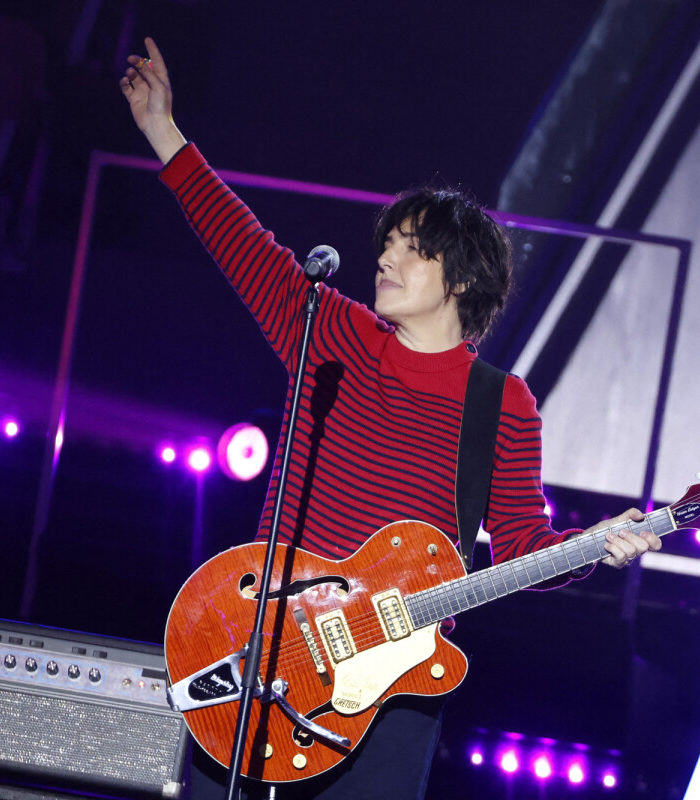The Venue
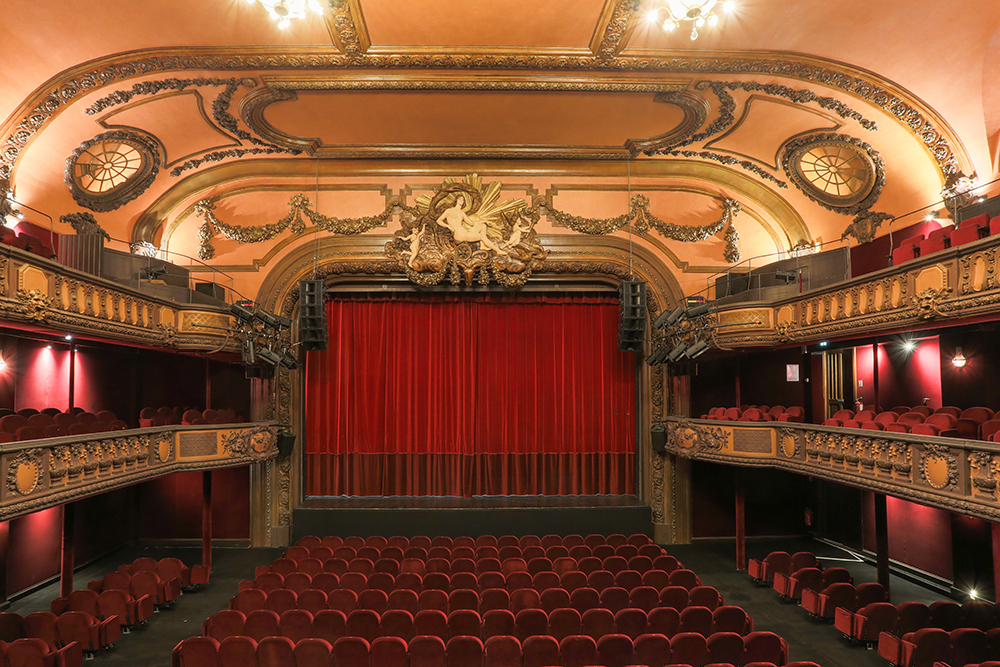
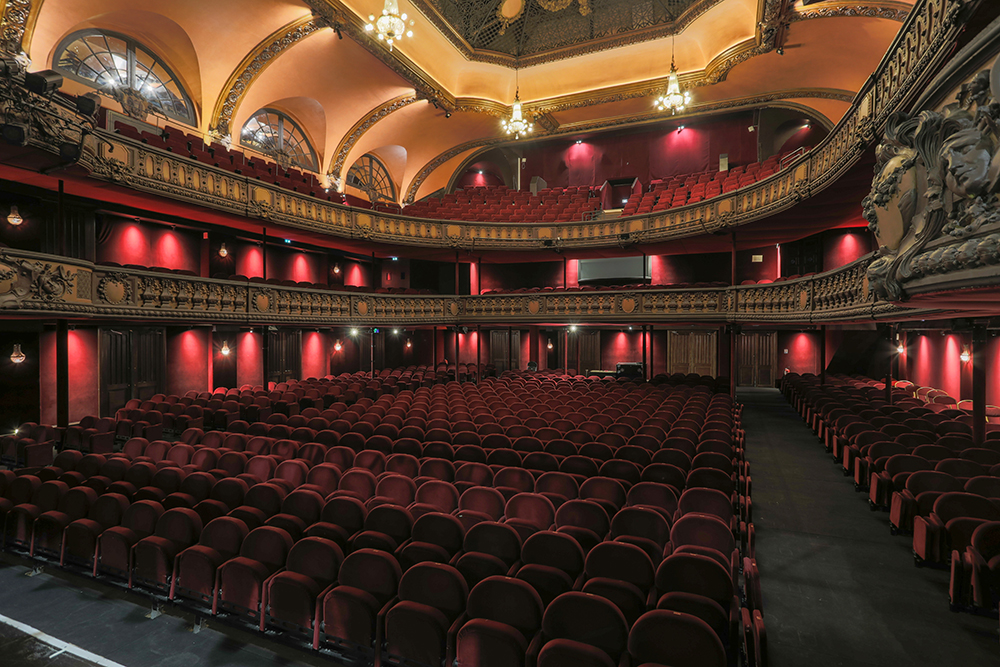
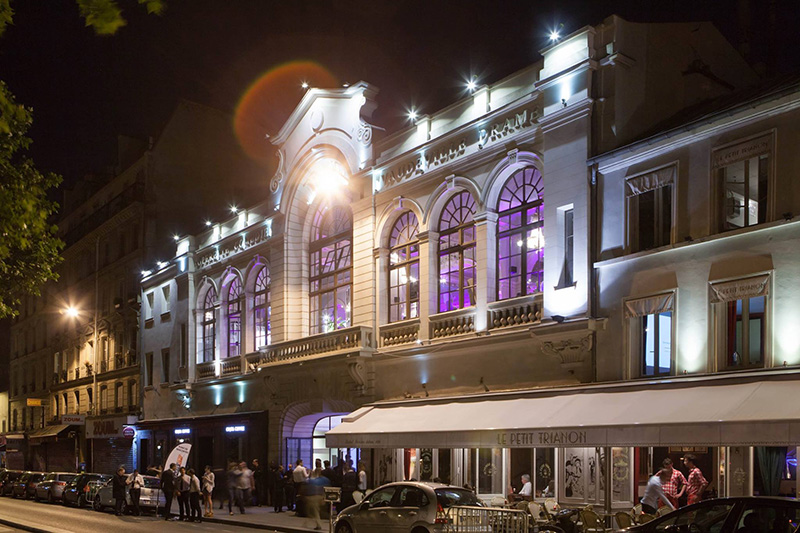
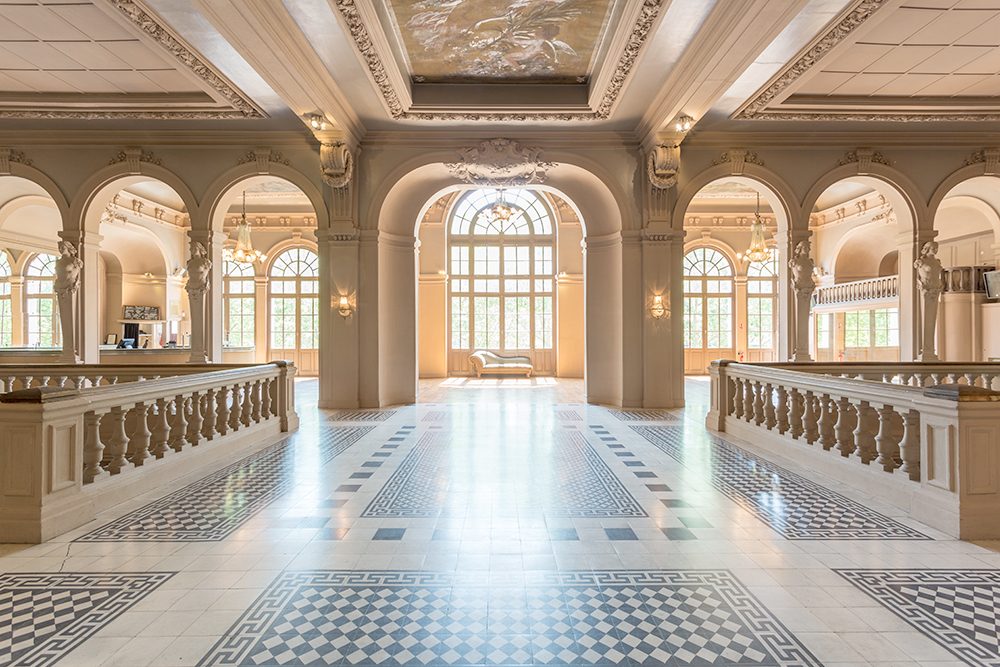
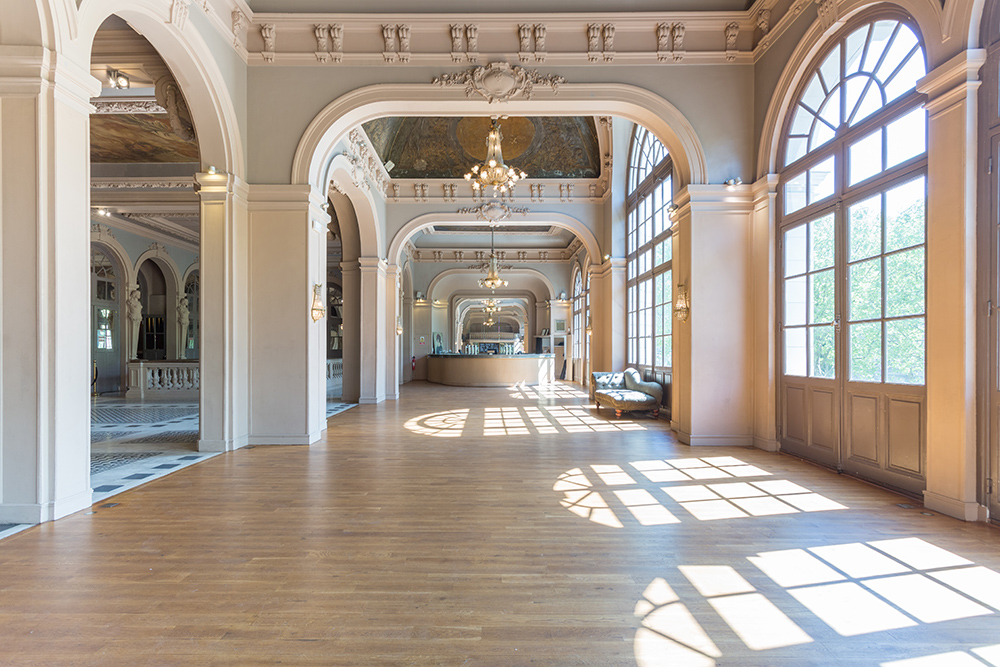
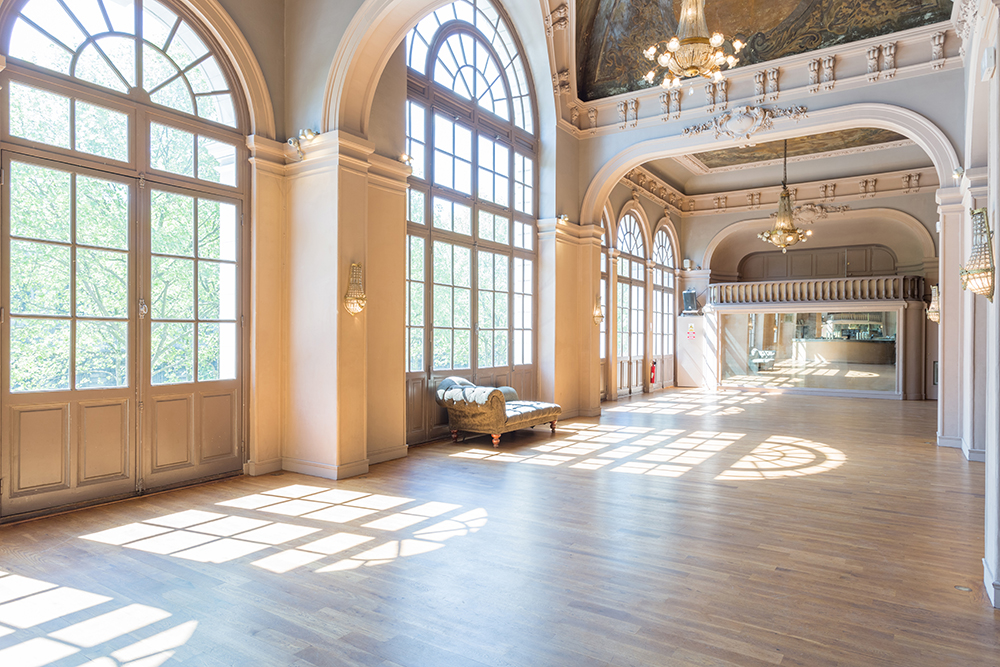
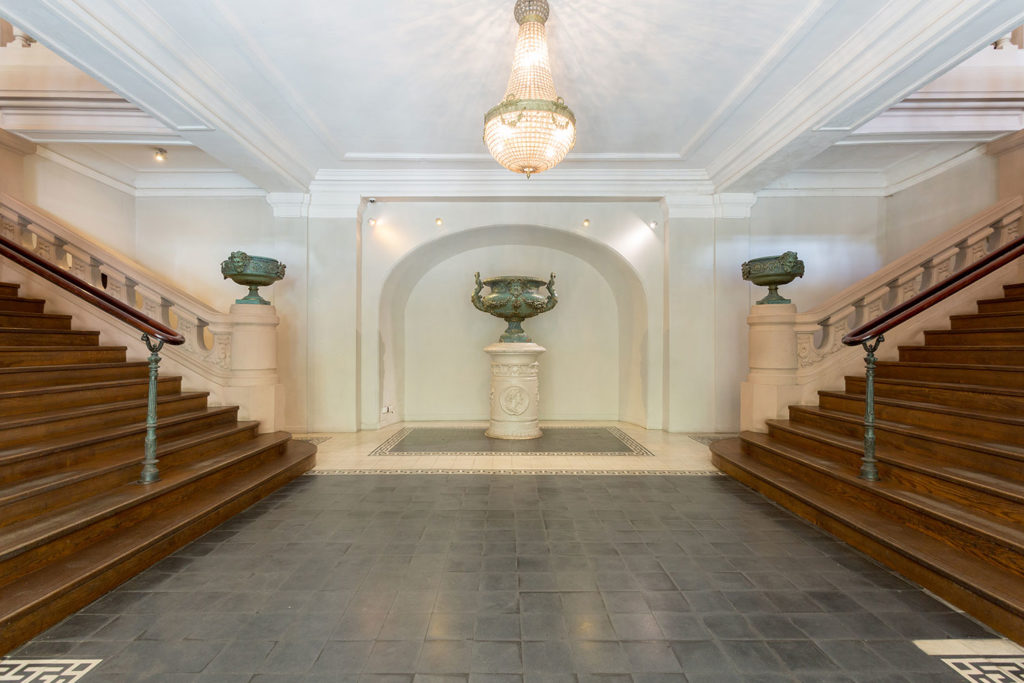
A historic theater
anchored in modernity
and attached to music.
Opened in 1894, rebuilt in 1902 in an eclectic style combining Napoleon III and beaux-art architecture, the Trianon was designed by the architect Joseph Cassien-Bernard, designer of the Pont Alexandre-III and student of Charles Garnier. Its facade is inspired by the Grand Trianon in Versailles.
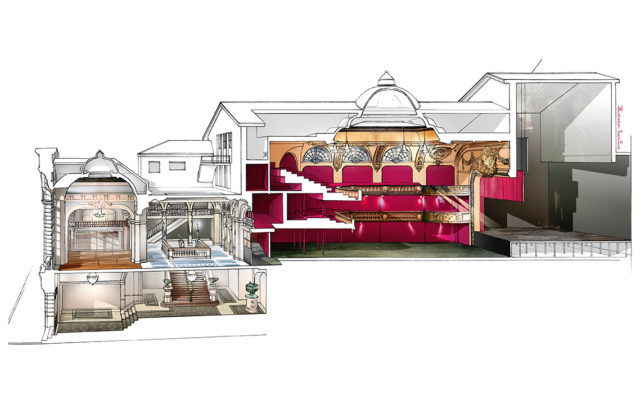
Le Trianon – Entrance on boulevard Rochechouart, salle de bal, theater and stage
Renamed according to fashion, it was successively called Théâtre Victor-Hugo, Trianon Lyrique and finally Le Trianon.
The famous Mistinguett made a name for herself there before triumphing in silent movies.
In 1894 the vacant lot of Elysée Montmartre’s garden left room to allow the construction of a new concert café called “Trianon-Concert”, one of the oldest concert venue in Paris and one of the finest venue of Montmartre’s entertainment industry.
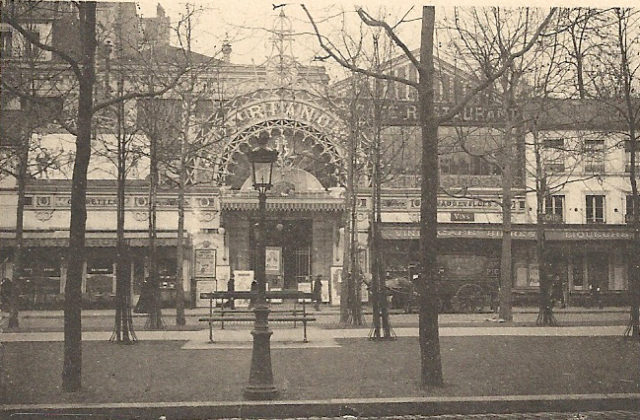
Trianon in 1897
In 1897, Le Trianon and the Élysée-Montmartre were redesigned by their new owner: the ball was separated from the café-concert. At the Trianon, operetta, singing tours, revues, other poet-songwriters, and at the Élysée-Montmartre, dancing and skating. To do this, the architect and decorator Édouard Jean Niermans (1859-1928) reused the metal structure from the French Pavilion built by Gustave Eiffel for the 1889 Universal Exhibition.
But while the Belle Epoque was at its peak, a fire destroyed the music hall and part of the outbuildings of the Elysée-Montmartre on the night of February 17 to 18, 1900.
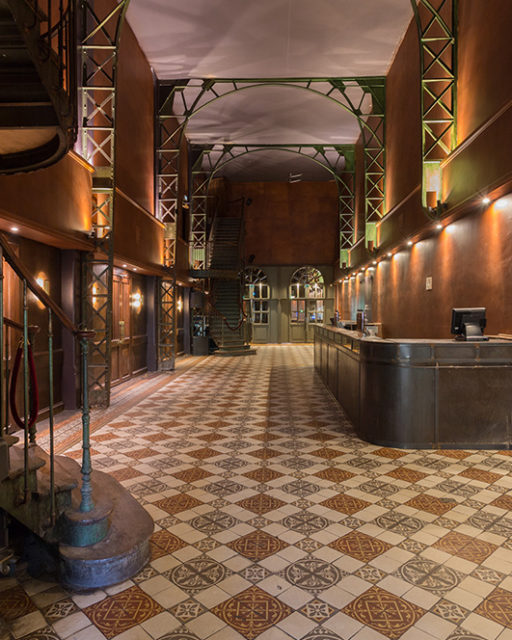
Jardin d’hiver, last vestige of the Eiffel structure from 1897
The newspaper “Le Petit Bleu” described the disaster: “Trianon, the joyful Montmartre music hall has lived. Just yesterday, Frégoli, attracted all of Paris there. Today, it is nothing more than a pile of ashes, a chaotic tangle of twisted, half-broken scrap metal. Of the theater room, only the square remains. The winter garden is devastated, everything is destroyed, it was barely possible to save the carcass of the large village hall erected last year in the garden. The fire burst out where parisians were amazed by the hilarious games of the choreographic artists: La Goulue, Grille d’Egoût, Valentin le bonosé, who, before Trianon, came to the same place, to illustrate the places which were then called Elysée-Montmartre.”
Albert Chauvin, the owner, ordered the reconstruction of the establishment by Joseph Cassien-Bernard (architect of the Pont Alexandre-III and student of Charles Garnier) and, on December 18, 1902, opened an elegant “Italian-style theater” of 1 000 seats, under the name “Trianon-Théâtre”.
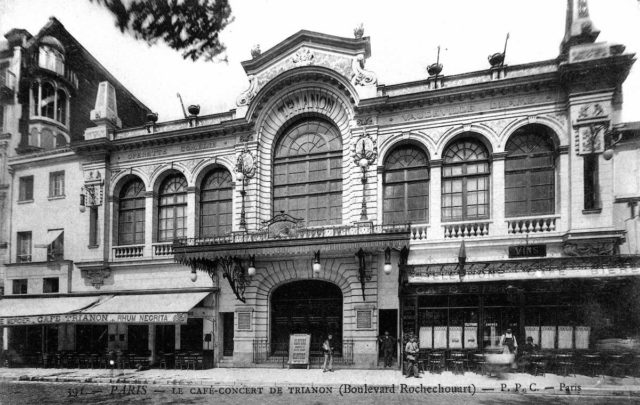
Trianon café-concert, near 1902.
Waltz of names to the rhythm of the fashions and the destination of the place. There was successively the “Théâtre Victor Hugo” (1903), a subsidized theater, which hosted classical plays, the “Trianon Lyrique”, between 1917 and 1920, then “Le Trianon” quite simply. In 1908, it was a branch of the Opéra-Comique specializing in operetta..
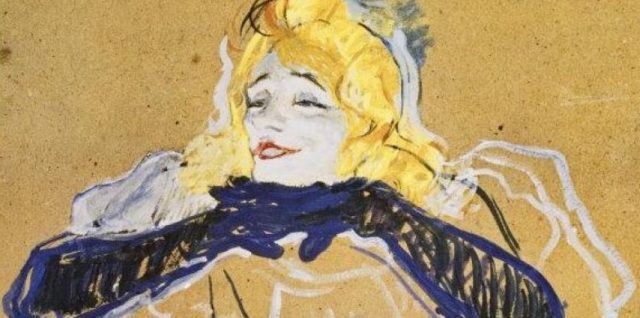
Yvette Guilbert, 1895 – Henri de Toulouse-Lautrec
Picasso and Toulouse Lautrec were regulars. They took portraits of many performers and clients.
In 1936, the Trianon devoted itself entirely to the music hall with the famous Yvette Guilbert, a regular at the Trianon since its beginnings, and also very popular artists at the time such as Marie Dubas, Fréhel and Pierre Dac.
A little before the Second World War in 1939, the cinema took over this magnificent and immense hall of 1000 seats (two levels of balconies, like at the Grand Rex) and became the Cinéphone Rochechouart, a full-time cinema where French films and major Hollywood films rub shoulders under the 1900 moldings.
Change imposed by history, the years of war and their demographic upheaval: shortage of artists, lack of musicians, who leave Paris in large numbers…, mobilizations, departures to the front and to the STO. The projectors installed since 1939 are now running at full tilt. The room is very successful.
This was not to last, but after the war, the place remained dedicated to cinema. There was no need to hesitate. Hollywood movies were plentiful, and it was indeed the golden age of cinemas in the neighborhood. Color and cinemascope attract the audience. It is one of the centers of intense neighborhood life.
In a popular neighborhood, popular films. Adventure and B series movies are screened in the district’s numerous cinemas, in addition to the Louxor, the Palais Rochechouart, the Gaité Rochechouart, the Delta, the Montmartre Ciné, la Cigale, and further on, on Boulevard de Clichy, the Ritz, the Lynx.
In 1964 the fashion for peplums (the Samsons) was followed by that of cloak and dagger films, then from 1966 to 1972 there was a surge of spaghetti westerns. In the 1970s, the Trianon specialized in karate and kung fu films; the era of Bruce Lee lasted for around twenty years. But from 1985 the cinema went through a very serious crisis and gradually saw its clientele disappear. The so-called “popular” theaters closed one after the other, the first affected being the independent operators.
The Trianon will remain one of the last large Parisian theaters in this category and will in turn have to close the doors to its cinema-loving public in 1992.
Some time later, other shows will see the light of day on the “Trianon” stage, but in another register. The Trianon returns to its first activity, the show.
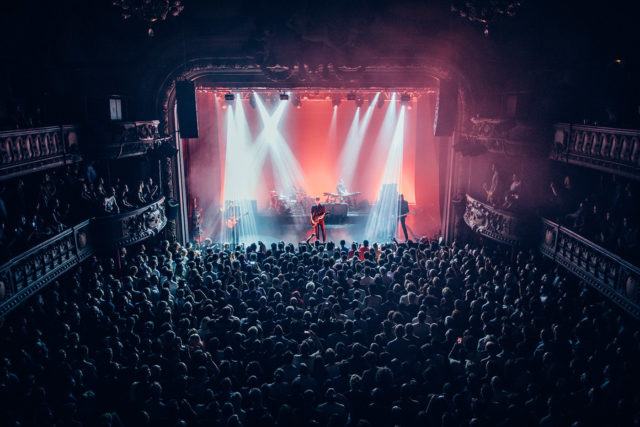
Black Rebel Motorcycle Club, 2014.
The Trianon, who had been snoozing for a few years, was completely renovated and modernised in 2010. It can now accommodate standing events thanks to an automated seating system.
It opened with a series of leading artists such as Rihanna, Vanessa Paradis, M, Stromae, Johnny Hallyday, Texas, and Pharrell Williams.
